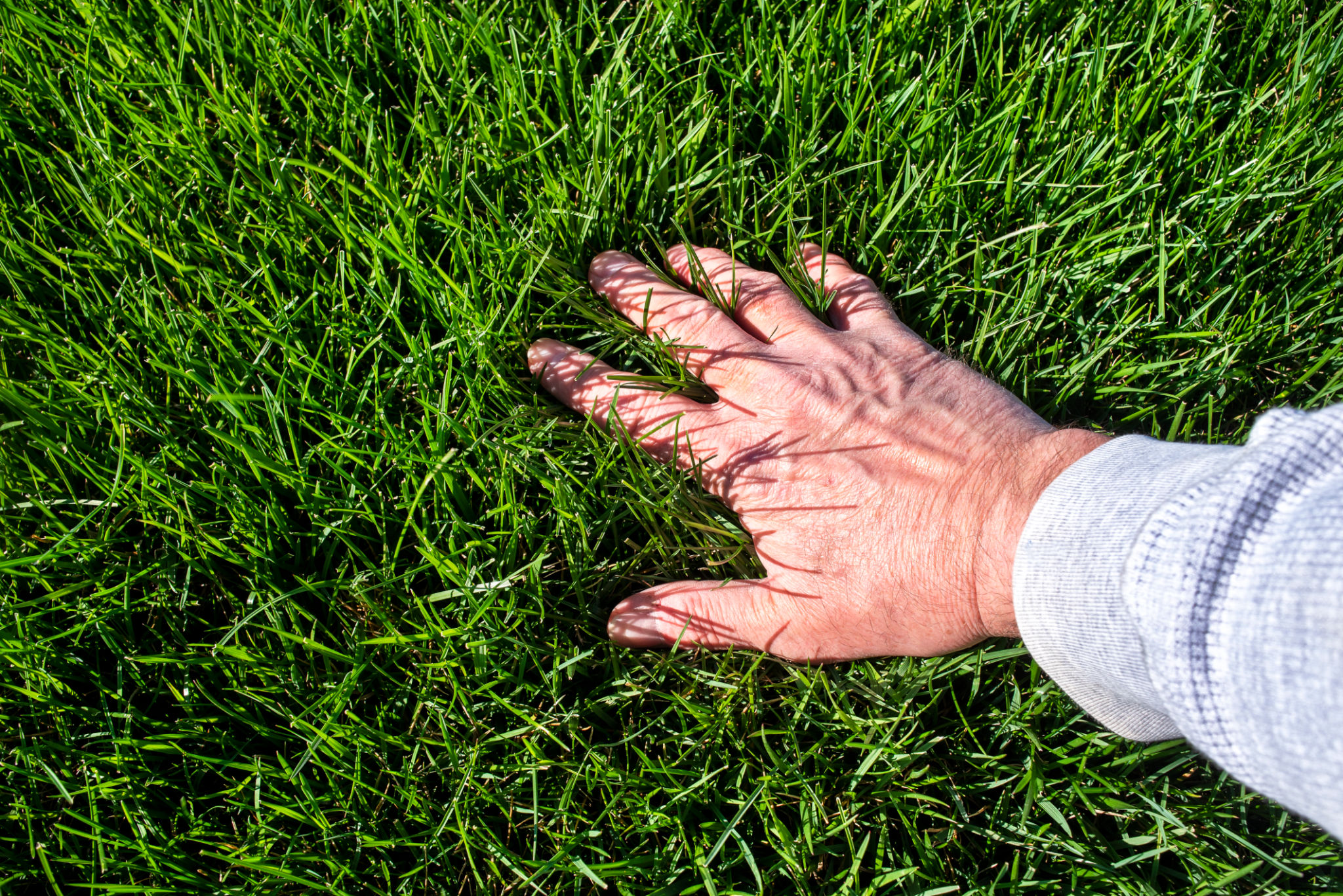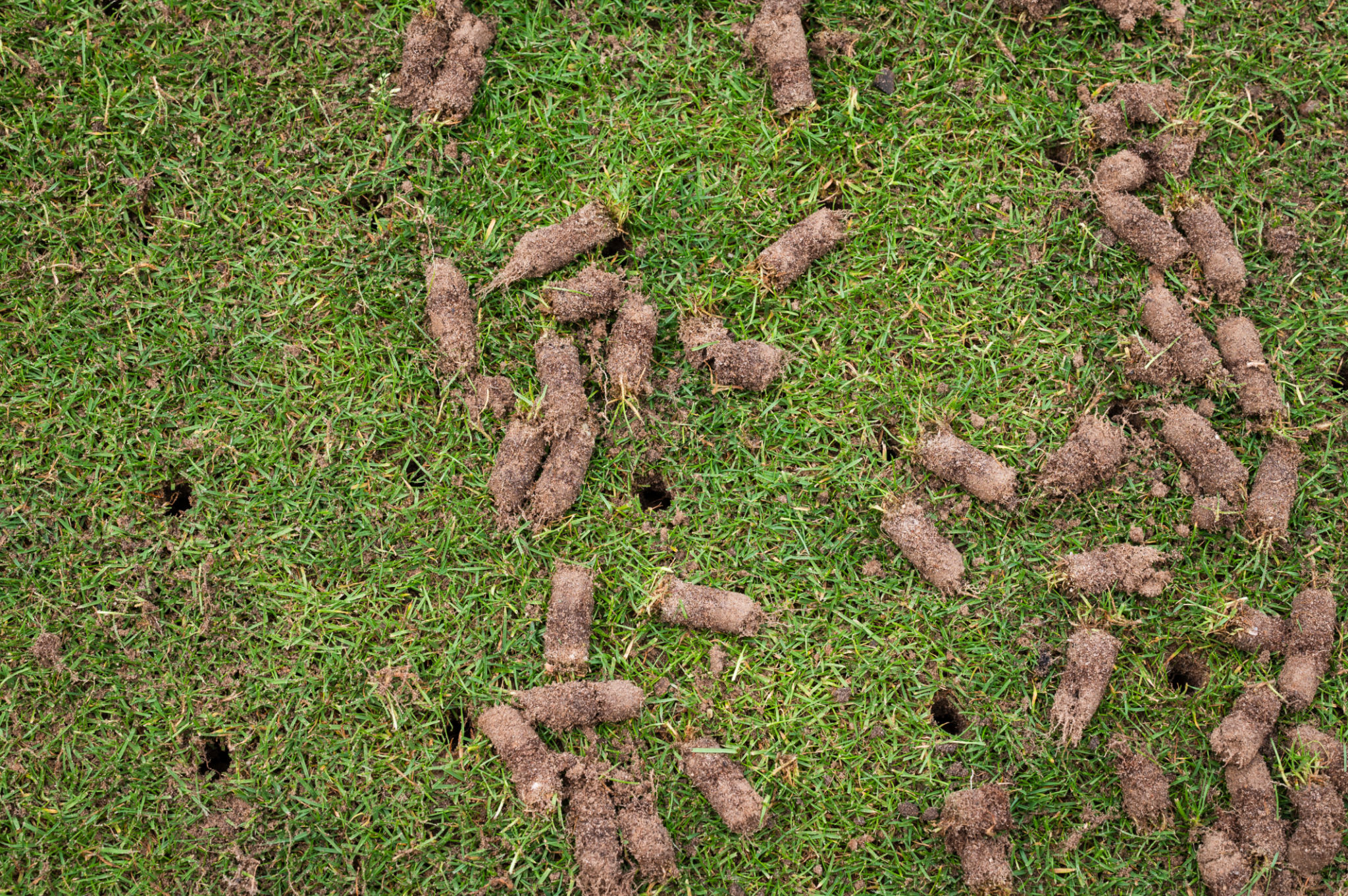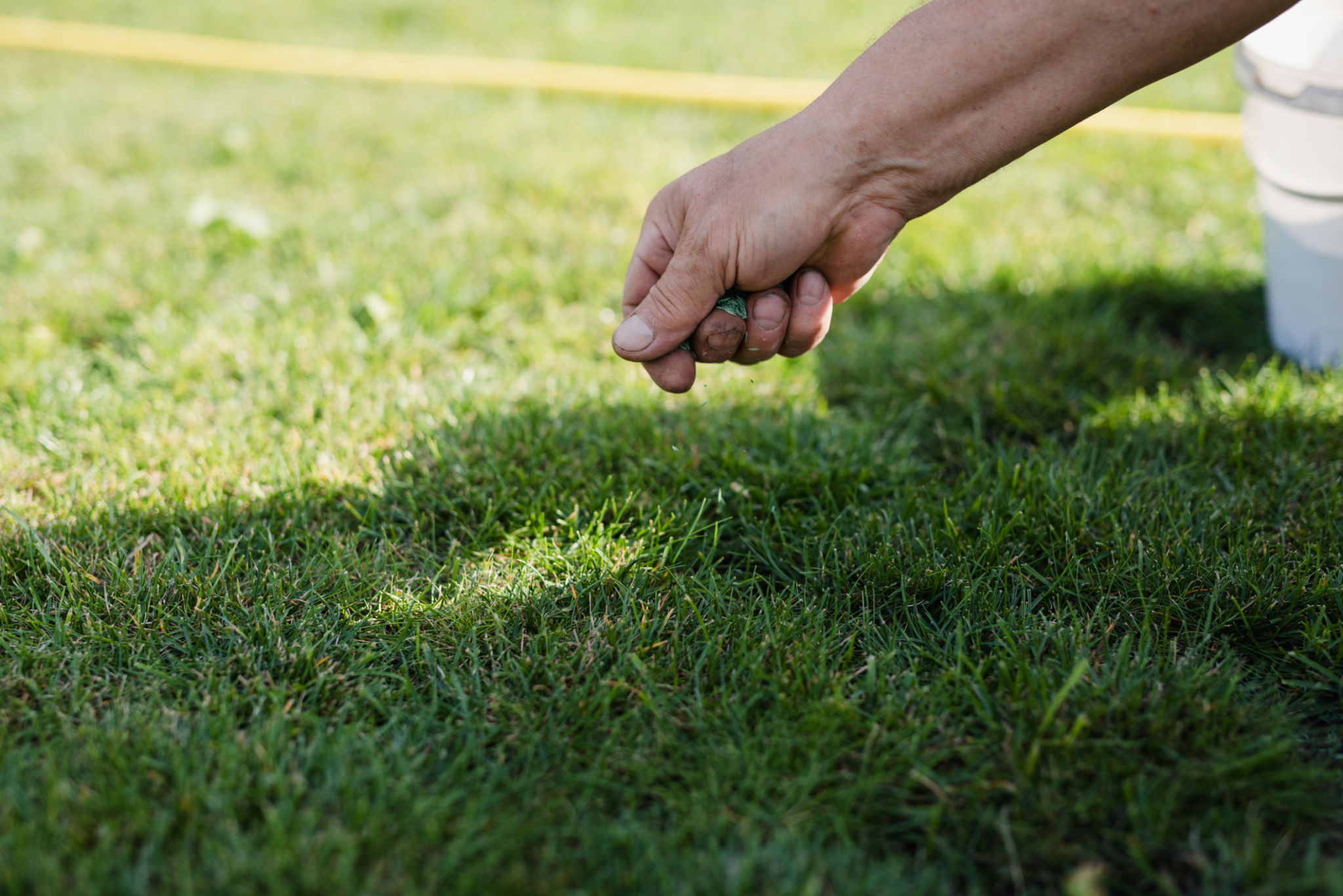How to Prepare Your Lawn for a BC Winter: Seasonal Tips
Tl
Assess Your Lawn's Current Condition
Before diving into winter preparation, take a moment to assess your lawn's current state. Look for any signs of damage or disease that might need attention. Identifying these issues early can help you address them before the harsh winter conditions set in. Make a note of any bare patches that might need reseeding or areas that appear overly compacted.

Clear Debris and Leaves
One of the first steps in preparing your lawn for winter is clearing away any debris, such as fallen leaves, branches, and dead plants. This debris can create a breeding ground for diseases and pests if left unattended. Use a rake to gather leaves and consider composting them for an eco-friendly disposal method. Regularly removing debris ensures your grass has access to sunlight and air.
Aerate the Soil
Aeration is a crucial step in preparing your lawn for winter. By aerating the soil, you allow air, water, and nutrients to penetrate deeper into the ground, promoting healthier root growth. This is especially important if the soil is compacted or if your lawn sees heavy foot traffic. Consider renting an aerator or hiring a professional for this task.

Apply Fertilizer
Feeding your lawn with the right fertilizer can make a big difference during the winter months. Choose a slow-release fertilizer high in potassium, which helps strengthen grass roots and improves their resilience against cold weather. Apply it evenly across your lawn following the manufacturer's instructions to avoid over-fertilization.
Reseed Bare Patches
If your lawn has developed bare patches, now is the time to reseed them. Choose a grass seed blend suited for your climate in British Columbia. Spread the seed evenly over the patches and lightly rake it into the soil. Water the area thoroughly to encourage germination and growth before the ground freezes.

Adjust Mowing Height
As winter approaches, gradually lower your mowing height. A shorter lawn can help prevent snow mold and other fungal diseases that thrive in moist conditions. However, be careful not to cut too short, as this can stress the grass. Aim for a height of about 2 to 2.5 inches during the final mow of the season.
Water Wisely
Watering your lawn in late fall is essential to ensure it has adequate moisture going into winter. However, overwatering can lead to problems such as root rot. Water deeply but infrequently, allowing the soil to dry slightly between waterings. This practice encourages deep root growth, making your lawn more resilient.

Protect Against Pests and Diseases
Cold weather doesn't mean your lawn is safe from pests and diseases. Keep an eye out for signs of trouble, such as discolored patches or unusual growth patterns. Applying a natural pest control solution or consulting with a lawn care professional can help you address potential issues before they escalate.
Final Preparations Before Winter
As you complete your seasonal preparations, pay attention to any garden tools that need maintenance or storage. Clean and sharpen your mower blades, store hoses properly, and ensure all equipment is ready for spring use. Taking these final steps will help keep your lawn healthy and ready to thrive once winter passes.